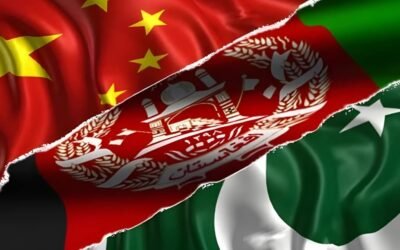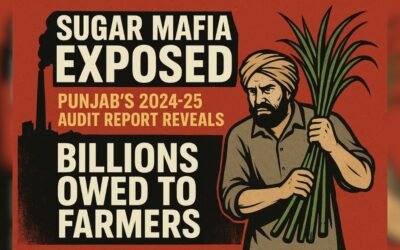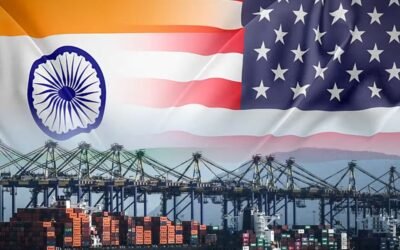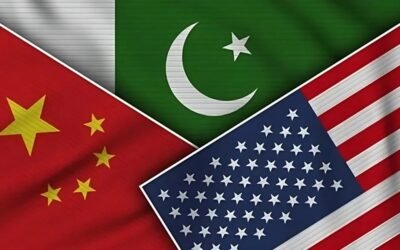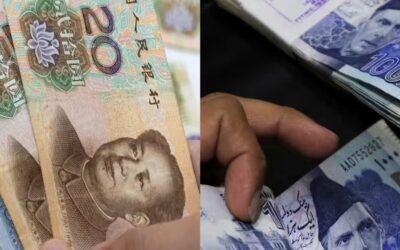The Promise of Microfinance in Pakistan
Microfinance means giving small loans to people who usually cannot get them from banks. These are often women, small shop owners, or farmers living in rural areas. In Pakistan, less percentage of people have a bank account, and the numbers are even lower for women and those outside cities. Without access to credit, many people rely on informal moneylenders who charge high interest, trapping them in debt. Microfinance institutions (MFIs) help bridge this gap by offering smaller, low-collateral loans with fair terms. These loans are often enough to start a business, invest in equipment, or expand a small trade. This creates opportunities for income growth and economic participation.
Empowering Women Entrepreneurs
Women in Pakistan face multiple challenges in getting credit, such as a lack of collateral, cultural restrictions, and low financial literacy. Microfinance has been a breakthrough for them. The Kashf Foundation found that repeat borrowing reduced poverty for many women, and most reported higher incomes. By enabling women to run tailoring shops, beauty salons, and food stalls, microfinance not only boosts household earnings but also improves community development.

Case Studies: Real Lives, Real Change
Stories from the ground show the power of microfinance. Anila Naz, a hairdresser in Islamabad, started her salon with a small loan from HBL Microfinance Bank. Today, she supports her family and employs others. She says, “I was a zero, and now I’m a hero”. Similarly, the Akhuwat Foundation’s interest-free loan model has reached more than 3 million families in over 450 cities. These examples show how even small loans—when paired with determination—can create lasting change, boost self-reliance, and strengthen local economies.
Institutional Support and Resilience Strategy
Microfinance is most effective when backed by strong institutional support. The World Bank’s $102 million Resilient and Accessible Microfinance (RAM) project, launched in March 2025, will reach nearly 1.9 million Pakistanis—especially women, youth, and people in flood-affected regions. This kind of program strengthens the sector’s ability to handle climate shocks, such as floods, that disrupt local economies. By combining financial services with training and disaster preparedness, these initiatives make microfinance more than just a short-term fix—they turn it into a long-term survival and growth tool for communities.
You May Like To Read:
- Pakistan’s War on Terror: A Ground Reality Check
- Sindh CM Joins Special Children for Flag-Hoisting at Quaid-e-Azam House
- Can a National Single Window System Simplify Cross-Border Commerce?
Role in Rural Development
In rural Pakistan, small-scale farming, livestock rearing, and cottage industries are common. Microfinance provides farmers with funds for seeds, fertilizers, or modern tools, allowing them to increase yields and income. In areas like southern Punjab and interior Sindh, such loans have also helped women set up home-based businesses like handicrafts and poultry farming. The Pakistan Microfinance Network reports that rural borrowers often use their profits to send children to school, improve home conditions, or invest in better health care (pmn.org.pk). This ripple effect shows how microfinance supports both business growth and overall rural development. 
Limitations and Critical Viewpoints
Microfinance is not a perfect solution. Some studies show that while it improves short-term spending ability, it may not significantly raise long-term income. A Pakistan-based study found that many borrowers used loans for household expenses instead of business investment. In such cases, the loan helps them survive but does not grow their earnings. This means microfinance works best when borrowers receive training, business guidance, and follow-up support to ensure the funds are invested in productive activities.
Innovations in Loan Design and Impact
To make loans more effective, some MFIs now use asset-based lending, where the money is specifically for buying tools, equipment, or premises. Studies show that borrowers who get such loans tend to earn more profits and grow their businesses faster. Flexible repayment terms are also becoming popular, helping seasonal businesses like farming or fisheries pay when their income comes in. By adapting loan structures to match real business needs, microfinance can shift from being just a safety net to becoming a driver of real economic progress.
Institutional Leaders Driving Change
Several organizations in Pakistan have set strong examples. Kashf Foundation, founded in 1996, was the first to focus on women’s needs using the village banking model. It has served more than 5 million women entrepreneurs and won awards like the European Microfinance Award. Akhuwat Foundation’s interest-free loans, inspired by Islamic finance principles, have reached millions of low-income families. Both organizations understand local culture, which makes their programs more trusted and effective. Their success shows that microfinance works best when it is tailored to local realities.
Conclusion: Microfinance as a Strategic Lever
Microfinance in Pakistan is a practical way to help people—especially women and rural communities—start or grow small businesses. It offers more than just money; it brings dignity, independence, and resilience. Programs by Kashf, Akhuwat, and the World Bank’s RAM project show their potential to lift communities out of poverty and help them recover from crises. However, small loans alone are not enough. They must be combined with business training, flexible terms, and careful monitoring. When used wisely, microfinance can be a small step that leads to big changes—turning local effort into lasting economic progress.


